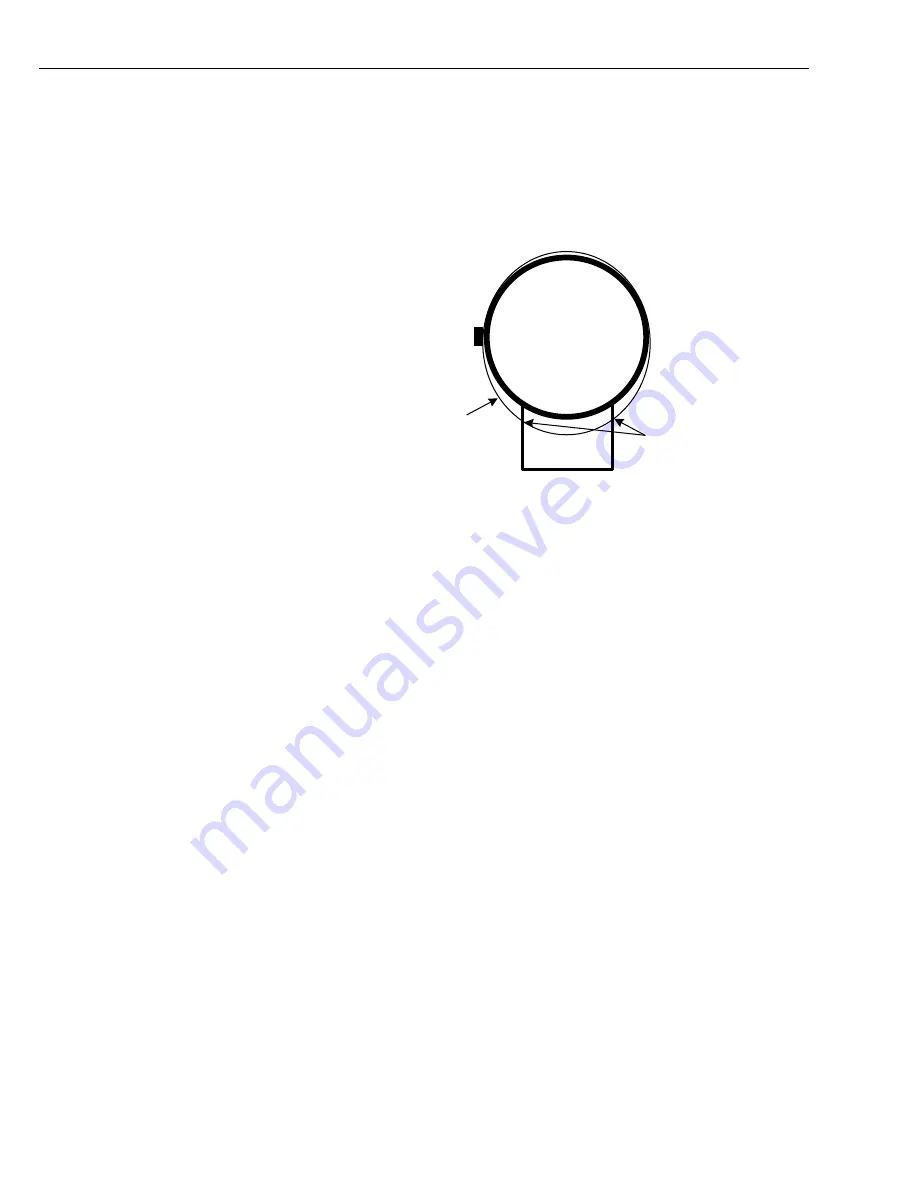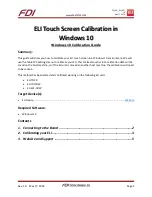
User Guide
5
If using band clamps the `V’ bolts are removed and a band clamp fed through the
slots at either side of the bracket close to the holes where the `V’ bolts feed
through. Two clamps are normally used, one top and one bottom. For very large
poles (150 mm up), the body of the bracket (which holds the `V’ bolts), can be
detached from the longer main section of the assembly and then reversed. The
band clamps can then be fed through the alternative slots near the open end of the
bracket. The open end of the bracket is then the point of contact with the pole. See
Figure 4.
Large pole
Band Clamp
Reversed
Bracket Body
Band fed
through slots
Figure 4. How to attach the multi-fit bracket to larger poles using a band
clamp
The multi-fit bracket has a double locking mechanism to prevent the panel rotating
at high wind speeds. For adjustment, the two locking screws must be removed to
allow the panel to rotate. At the chosen angle replace the screws making sure to
use the spring washers under the screw heads (refer to Figure 3).
3. Connections
The method by which the wire is connected to the solar panels will vary with the
model and make of panel supplied. Smaller panels, such as the SOP5, are fitted
with a flying lead that is moulded into the back of the panel. Larger panels have
junction boxes on the back of the panel to which Campbell Scientific will normally
fit a two core lead.
Newer designs of panels have a junction box which is fitted with industry standard
single core leads with MC3 solar panel connectors. Where MC3 connectors are
fitted a two core extension lead, with matching connectors on one end, will be
supplied to join onto the shorter wires. The MC3 connectors are waterproof and
keyed. They can only be mated into the correct matching halves on the extension
cable. Ignore any polarity indicators on the moulded connector. Make sure the
cable on either side of the mated connector is adequately cable tied to the
mounting bracket or tower to avoid the cable pulling apart after installation. If
there is a need to join panels in parallel, standard MC3 joining connectors can be
used for this purpose.
There are two types of colour coding that may be used with the solar panels which
are easily identified. Traditional US colour coded wires use red for the positive
(+) wire and black for the negative (-) wire. Larger panels may use IEC wiring
where brown indicates positive (+) and blue negative (-).








































